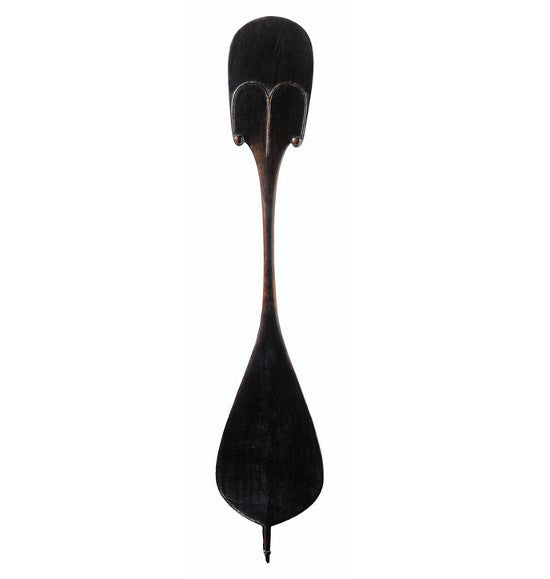An Easter Island rapa paddle proved the headline lot of a sale of African and Oceanic Art at Sotheby's Paris on December 10, exceeding an estimate of $498,650 by 361.2% to make $2.3m.
The piece was designed as an abstraction of the human form and was used in religious ceremonies.
 The rapa paddle was designed for use in religious ceremonies |
Sotheby's comments: "The diminutive form of the rapa meant it could be manipulated at great velocity as, for instance, during war dances performed by military leaders before the King, when the rapa were twirled close to the King's face 'to scare him' (Alfred Métraux, 1934).
"It seems that Pierre Loti attended what he called a 'paddle dance' in 1872, although he did not leave an account of it.
"Finally, in 1886, William Thomson learned that rapa were involved in ceremonies to protect the harvest of sweet potatoes from evil spirits."
The present lot is among the finest known specimens, a factor that likely contributed to the substantial increase on its valuation.
A pectoral reimiro, also from Easter Island, made $1.1m - up 195.8% on a $371,766 estimate.
Reimiro were worn as necklaces by aristocratic Rapa Nui women and were made to resemble the prow of a boat.
The symbol remains an important part of the culture and appears today on the Easter Island flag.
Please sign up to our free newsletter to receive exciting news about art and antiques auctions.






